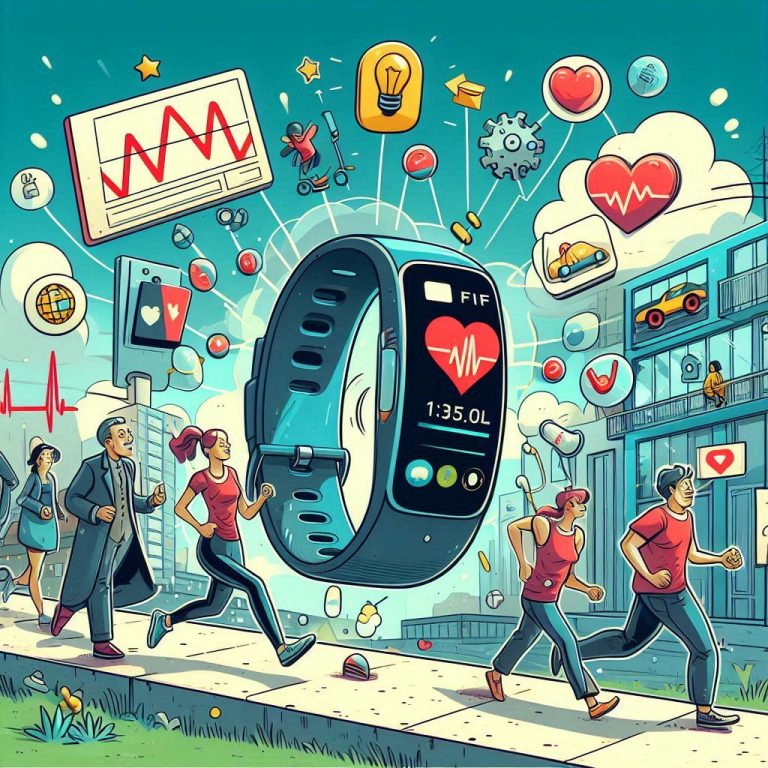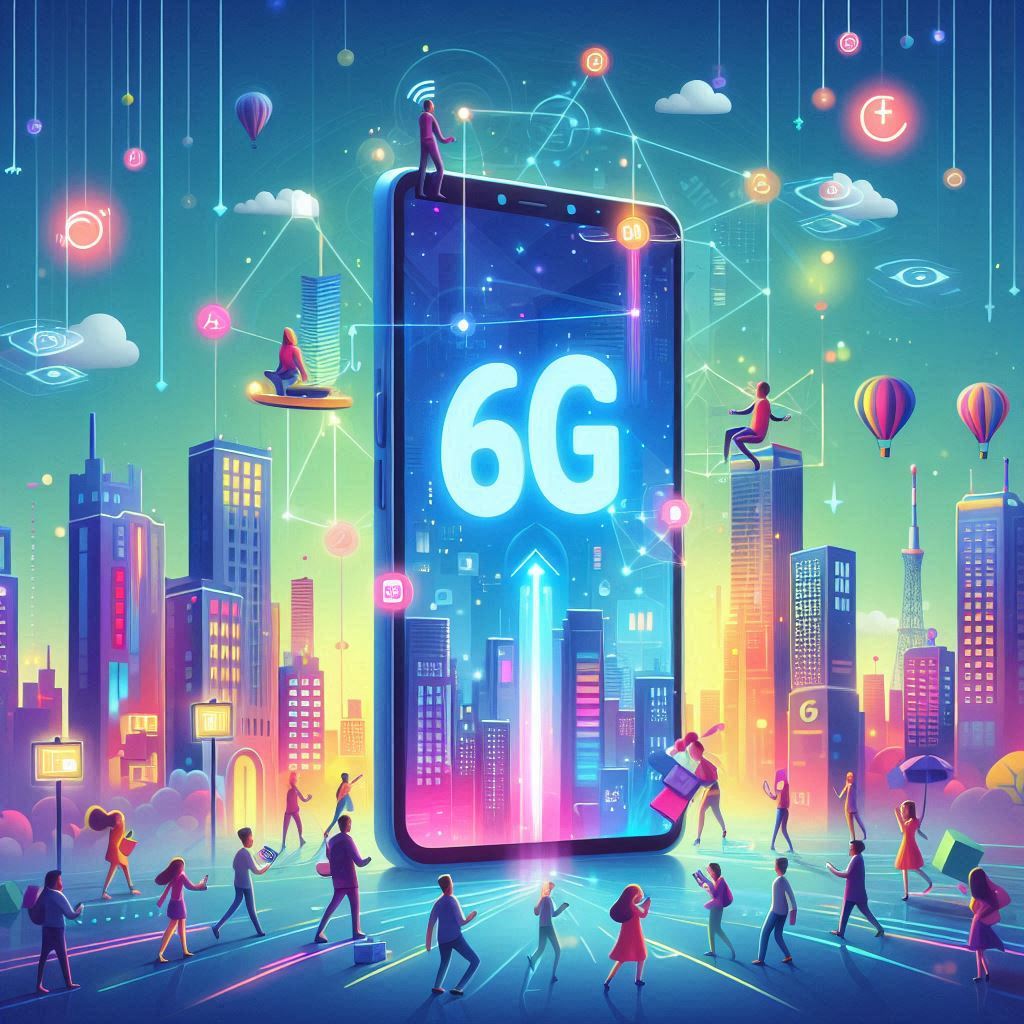
The telecommunications world has been abuzz with anticipation as we are poised on the edge of the 5G revolution. But even before 5G has reached our lives completely, scientists and technology buffs are already anticipating the next wave: 6G technology. So, what is 6G, and how will it revolutionize our world? Let us enter the interesting realm of 6G technology and find out its possibilities.
6G technology is also the next significant leap in wireless communication after 5G. Moreover it will be using terahertz frequencies to allow ultra-fast data transfer rates and near-zero latency. The deep integration of artificial intelligence into 6G is meant to revolutionize a variety of industries, ranging from smart environments to immersive extended reality experiences. At the conceptual development stage, 6G will be much more potential and also will work towards making an even more connected, smarter, and optimized world for communications on this planet in the future.
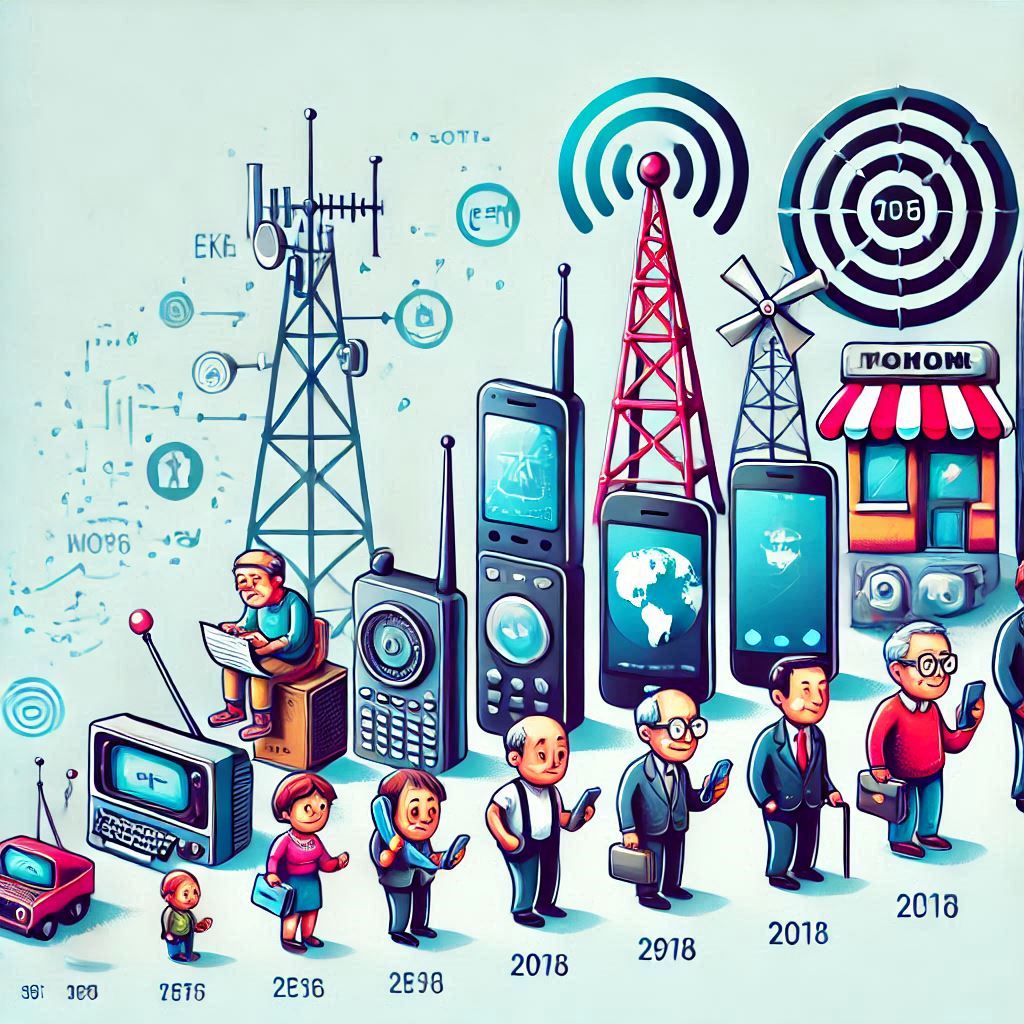
The Evolution of Mobile Networks
To understand the significance of 6G, it’s important to take a quick look at the evolution of mobile networks:
- 1G: The first generation of mobile networks brought us analog voice calls.
- 2G: With 2G, we witnessed the advent of digital voice and also basic SMS services.
- 3G: This generation introduced mobile data, enabling internet browsing and multimedia messaging.
- 4G: The fourth generation ushered in the era of high-speed internet, video streaming, and also advanced applications.
- 5G: The fifth generation is currently rolling out, promising ultra-fast speeds, low latency, as well as the Internet of Things (IoT) integration.
And also now, we eagerly anticipate the arrival of 6G.
What is 6G Technology?
6G is the sixth generation of mobile networks, moreover a next leap in wireless communication. According to Wikipedia, 5G is an improvement on the present; 6G is intended to redefine the very base fabric of connectivity and also push the boundaries of what’s possible. Some of the core characteristics as well as applications of 6G technology are as follows:
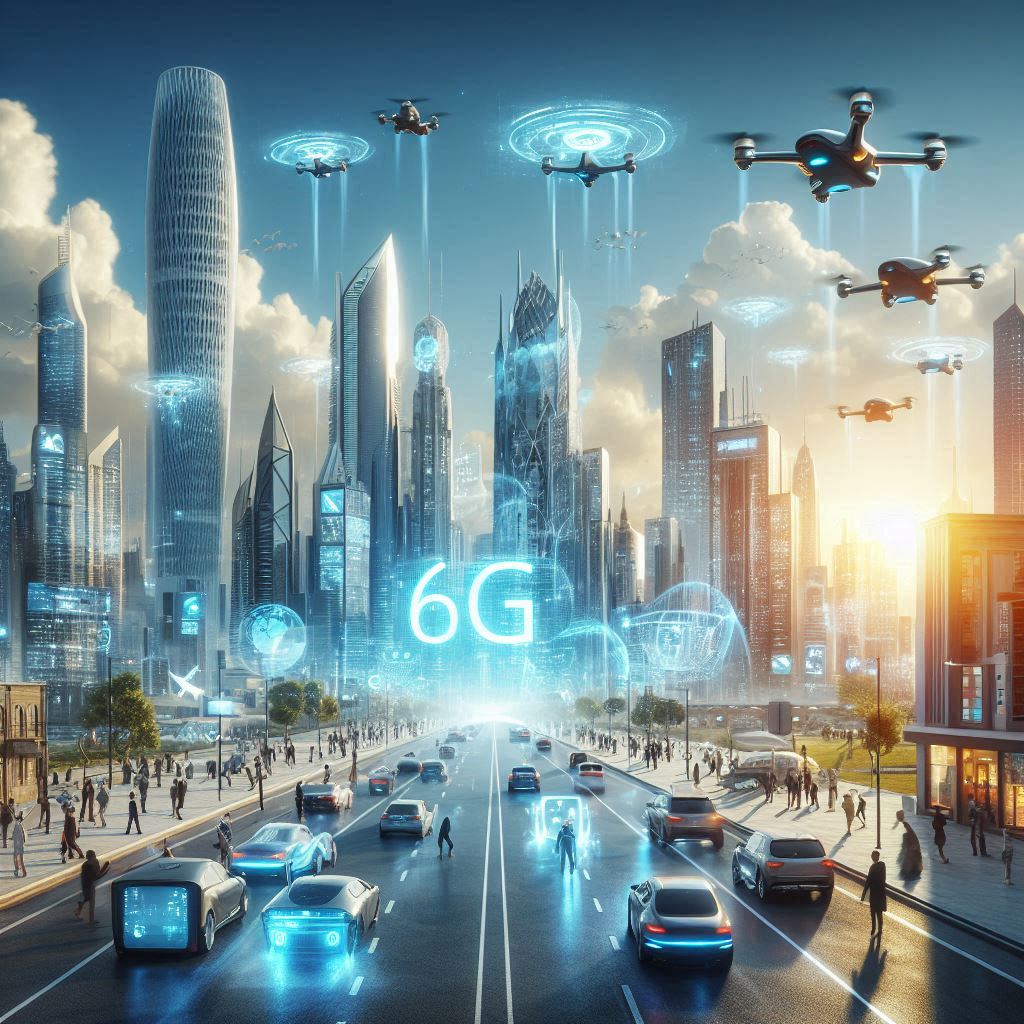
- Terahertz Frequencies: 6G will be using terahertz (THz) frequencies, which are much higher than the millimeter waves used in 5G. This will allow for data transfer rates never seen before and ultra-low latency.
- AI Integration: Artificial intelligence will be integrated deeply into 6G networks to enable intelligent decision-making, predictive maintenance, and optimized resource allocation.
- Holographic Communication: Imagine to have a conversation with someone across the world with holographic reality. Further 6G will actually make this dream come true as it enables the high-resolution holographic communication.
- Smart Environments: It will power smart cities, smart homes, and smart workplaces; everything is smartly connected for efficiency as well as sustainability
- Extended Reality (XR): Augmented reality (AR) and virtual reality (VR) experiences will be taken to new heights with 6G, offering immersive and interactive digital worlds.
Challenges and Opportunities of 6G Technology
Challenges: Spectrum Allocation : Availability of appropriate spectrum bands in the terahertz frequency range, that need to be harmonized globally, for the roll-out of 6G. Energy Efficiency : Technologies that reduce energy consumption; higher frequencies typically consume more energy. Security : Robust security measures against sophisticated cyber threats and protection of users’ privacy. Infrastructure Costs: Furthermore the cost to upgrade the infrastructure to support the capability of 6G is high.
Technical Challenges: Integration of AI, XR, and other next-generation technologies into the network is a challenging task.
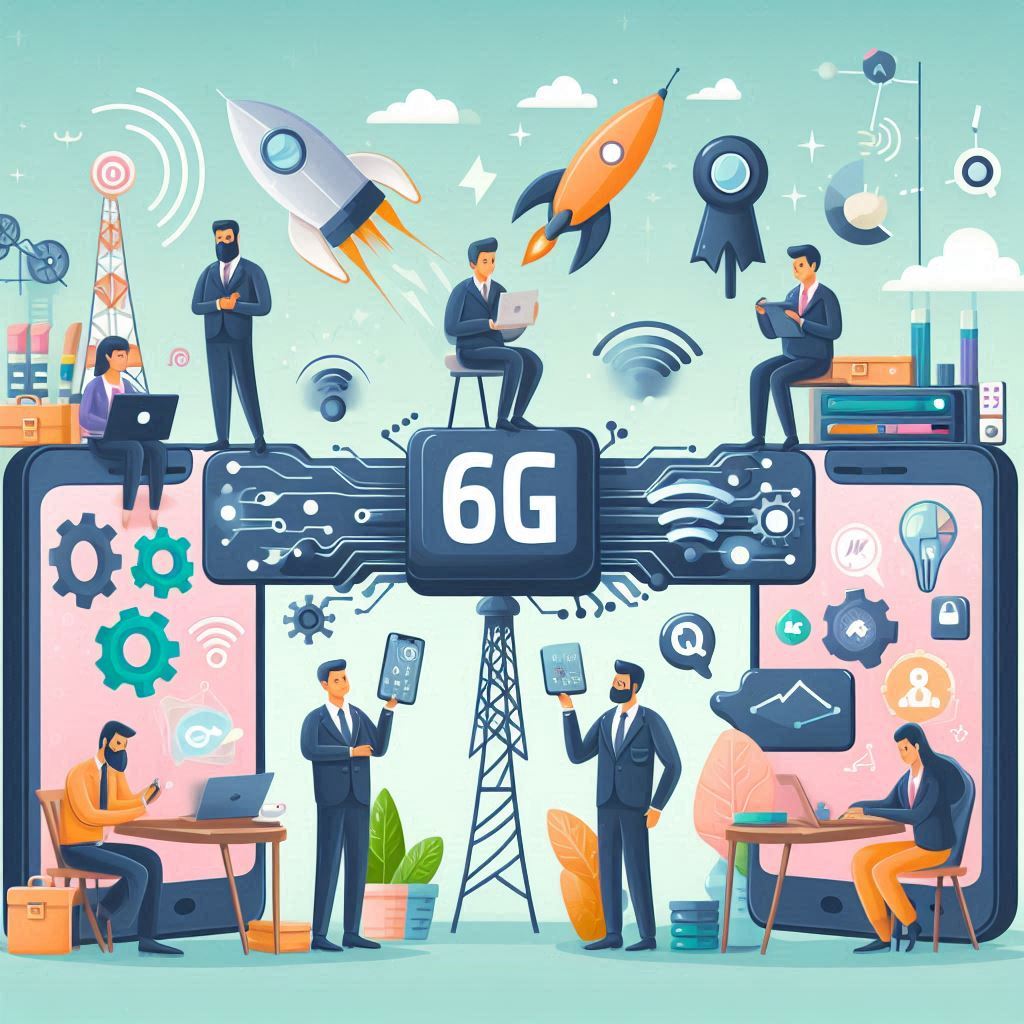
Opportunities:
Ultra-Fast Speeds: Data transfer rates much higher than 5G will allow faster and more efficient communication.
Low Latency: Near-zero latency will enhance real-time applications like autonomous vehicles and remote surgeries.
Smart Environments: Powering smart cities, homes, and workplaces with seamless connectivity and intelligent resource management.
Extended Reality (XR): Augmented and virtual reality experience becomes enhanced by higher resolution and more immersive interaction.
Holographic Communication: Bringing about extremely high-resolution holographic communications that would make virtual meetings and collaborations appear much more lifelike.
6G technology has tremendous potential but will require significant innovation through collaboration to overcome the challenges. The potential of 6G brings scope for revolutions in industries and improves the quality of life for people everywhere.
The Road Ahead for 6G Technology
As we step into the future, the journey to 6G technology is full of exciting possibilities and challenges that need to be navigated. Here’s what lies ahead:
Research and Development
Development of 6G has just begun with research carried out worldwide by universities, research institutions, and tech companies. The emphasis has been on new bands, particularly in the terahertz band, and advanced modulation schemes that support high-speed data transfers.
Global Cooperation
It will be an unprecedented global effort in order to make the vision of 6G a reality. Governments, industry leaders, and academic institutions need to come together to establish standards, allocate spectrum, and ensure interoperability across regions. International cooperation will play a crucial role in overcoming technical and regulatory challenges.
Innovation and Integration
The technology to be used in the development of 6G networks will comprise artificial intelligence, machine learning, and quantum computing. Developments in antenna design, signal processing, and energy-efficient communication will be the core of successful development of 6G.
Infrastructure Development
Therefore, the infrastructure of 6G will demand a high level of investment in the upgradation of existing networks and deployment of new hardware. Small cell networks, the massive MIMO (Multiple Input Multiple Output) systems, and advanced backhaul solutions will form the backbone of 6G infrastructures.
Challenges to Overcome
Severalchallengeswillconfrontusontheroadto6G,including:
Energy Efficiency: Developing energy-efficient technologies with less environmental interference in 6G networks.
Security and Privacy: Provides high level security with mechanisms that fight against cyber attacks while ensuring privacy
Spectrum Management: Resource allocation and management in an interference-free manner for maximum efficiency
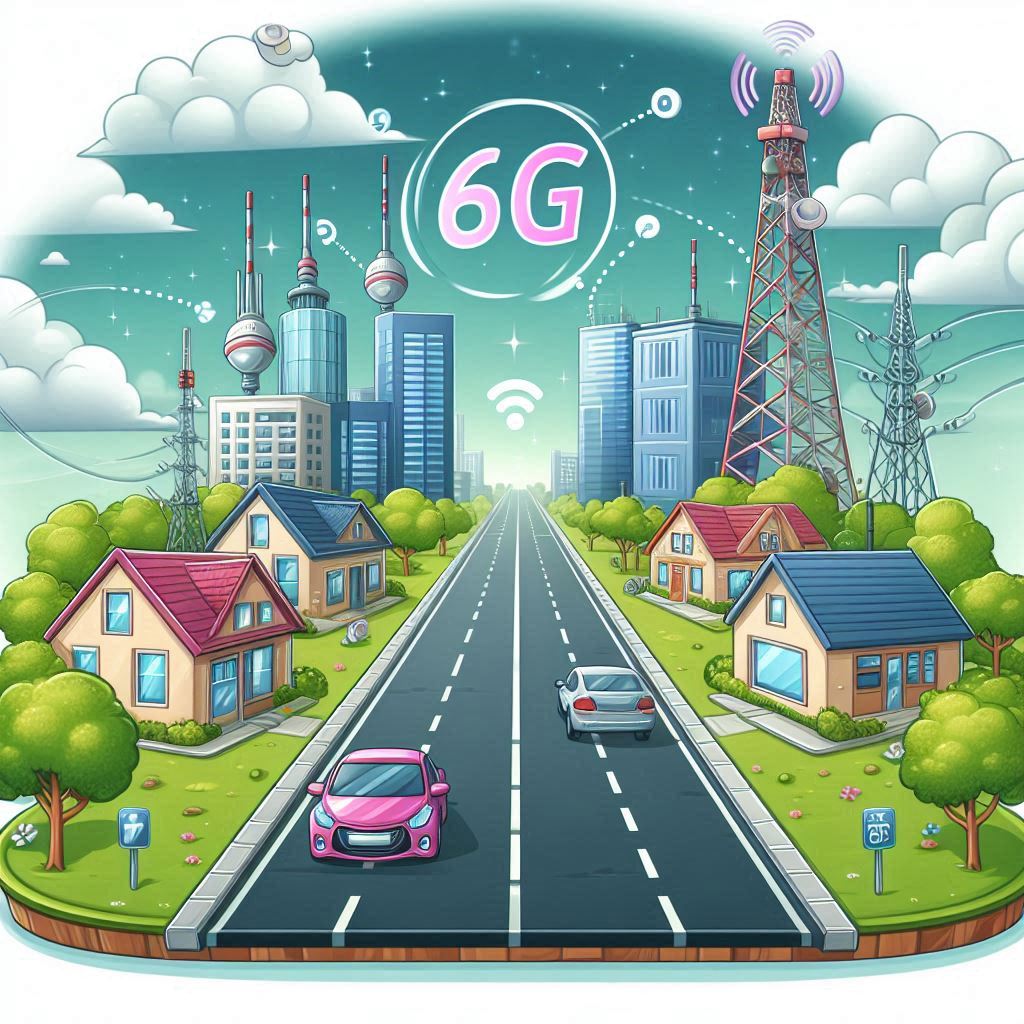
Possible Applications
Applications for 6G are diverse and truly transformative. Applications include real-time holographic communications and immersive extended reality experiences and also smart cities as well as self-sustained systems. Besides quality of life shall see a leap by the intervention of 6G in every other industry in many ways.
It is not easy to predict the date of the actual deployment of 6G technology, but anticipation is around 2030.
The journey to 6G is a collaborative and innovative endeavor promising a more connected, intelligent, as well as efficient world. The future of 6G technology, therefore, indeed looks bright and full of promise as we continue to explore and push the boundaries of what’s possible.
You can get more information from these post
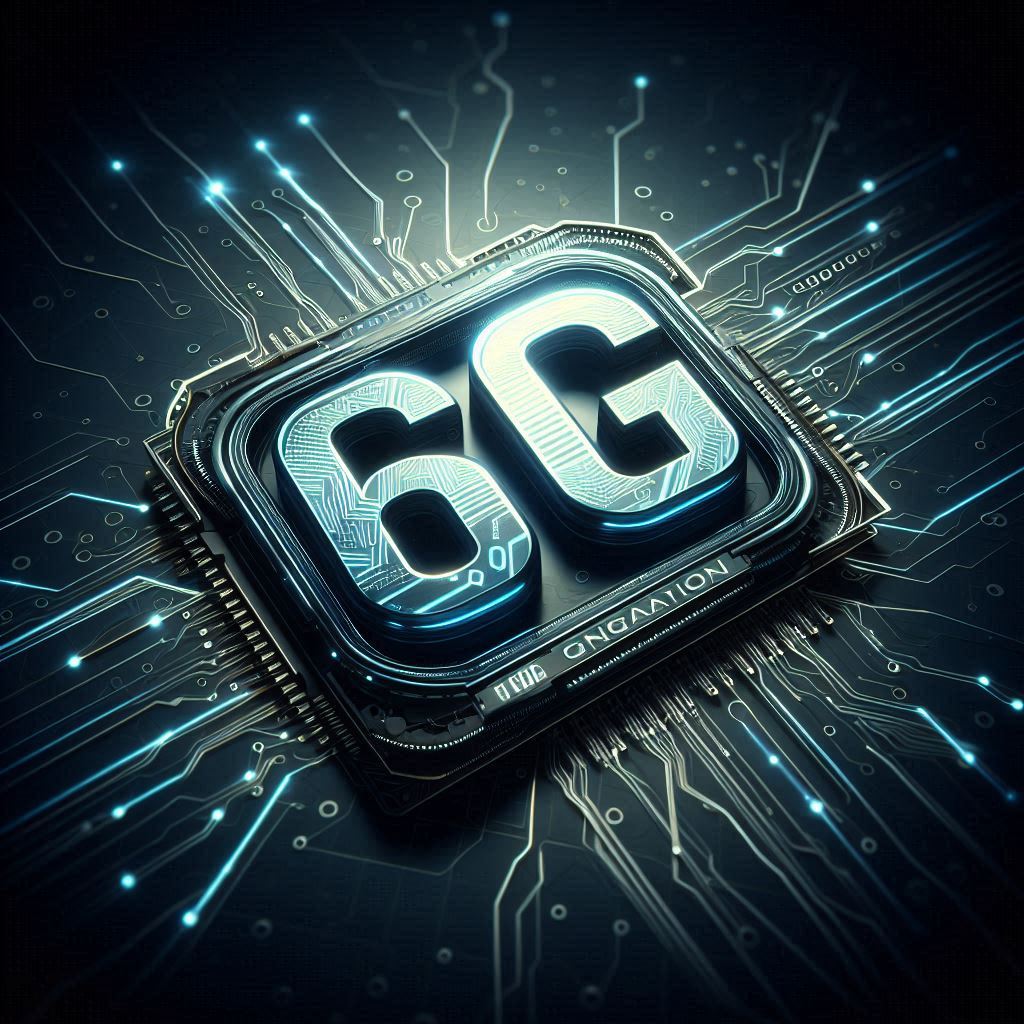
It's being proposed by scientists that WE, being LIGHT BEINGS could be used as antenna to power 6G. Using us as an energy source. Literally harvesting our life force? Calling it Ll-FI, it's claimed it uses light emitting diodes LED's for this data transmission.
— WhatdoIknow (@Earstohearyou) March 11, 2023
Or does it?… pic.twitter.com/B6Xkyn5IBo
Subscribe to our newsletter!
